This 15' cedar-strip Peterborough Nomad by Woodwind Yachts was built on a mold created from an original Nomad launched by the Peterborough Canoe Company in 1958.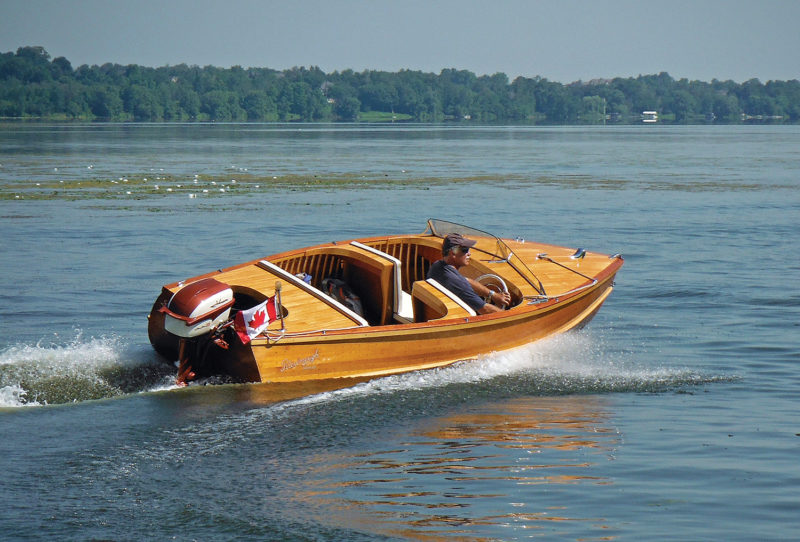 John Summers
John Summers
As the market for recreational canoes expanded in the later years of the 19th century, two construction techniques emerged as builders responded to the challenges of manufacturing canoes on an industrial scale. The Old Town (Maine) Canoe Company and the Chestnut Canoe Company of Fredericton, New Brunswick, developed wood-and-canvas construction. In Peterborough, Ontario, and nearby towns, builders such as The Ontario Canoe Company, later to become the Peterborough Canoe Company, pioneered cedar-strip construction. This technique was based on John S. Stephenson’s 1883 patent for “Longitudinal Cedar Strip” construction (hereafter referred to simply as “cedar-strip”), which was awarded Canada Patent No. 32701 and U.S. Patent No. 292183.
Although there were many builders who employed the technique, the Peterborough Canoe Company became the best-known proponent of it, and their cedar-strip boats and canoes were sold around the world. By the mid-1950s their catalog offered cedar-strip hulls in a wide range of sizes and styles from open outboard boats to small cabin cruisers. Stephenson’s patented method, originally conceived for canoe construction, turned out to be a darned good way to build small wooden boats in general, and lots of them, too. No one will ever know exactly how many cedar-strip watercraft the Peterborough-area companies turned out, but it is certainly in the tens of thousands. The cedar-strip outboard became the archetypal boat of cottage country in central and eastern Canada, and today many are still on the water. They are often well represented in the displays at antique and classic boat shows.

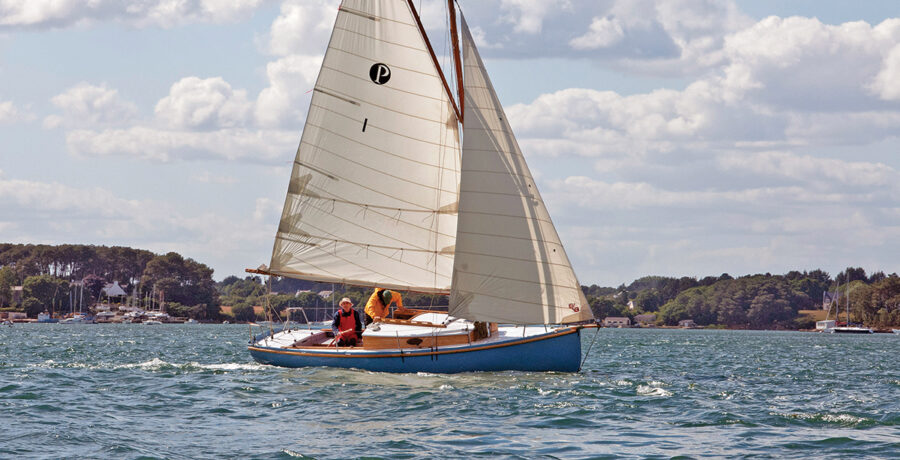
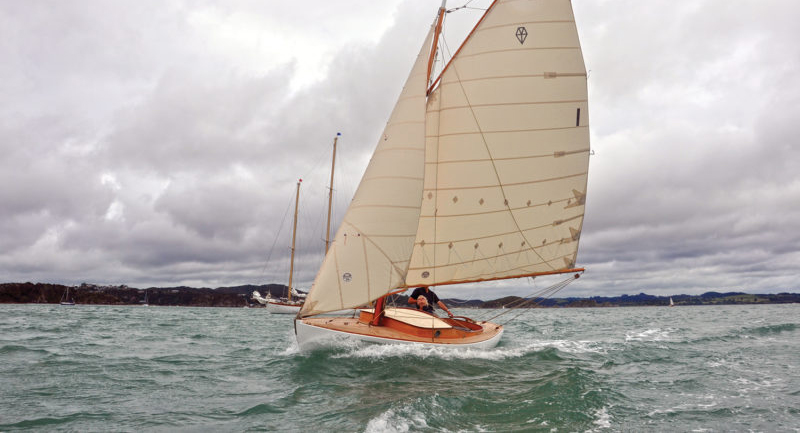
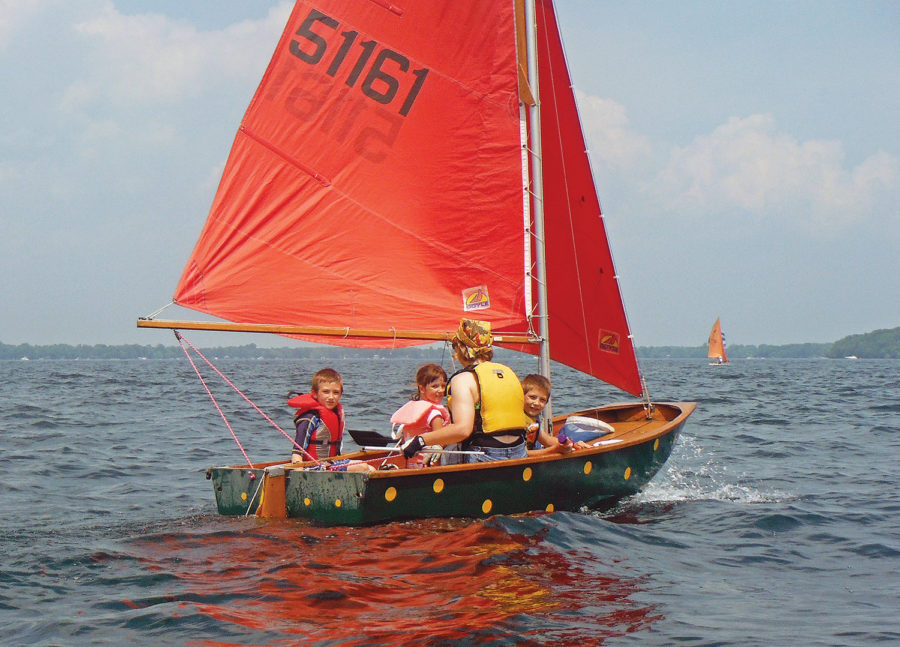
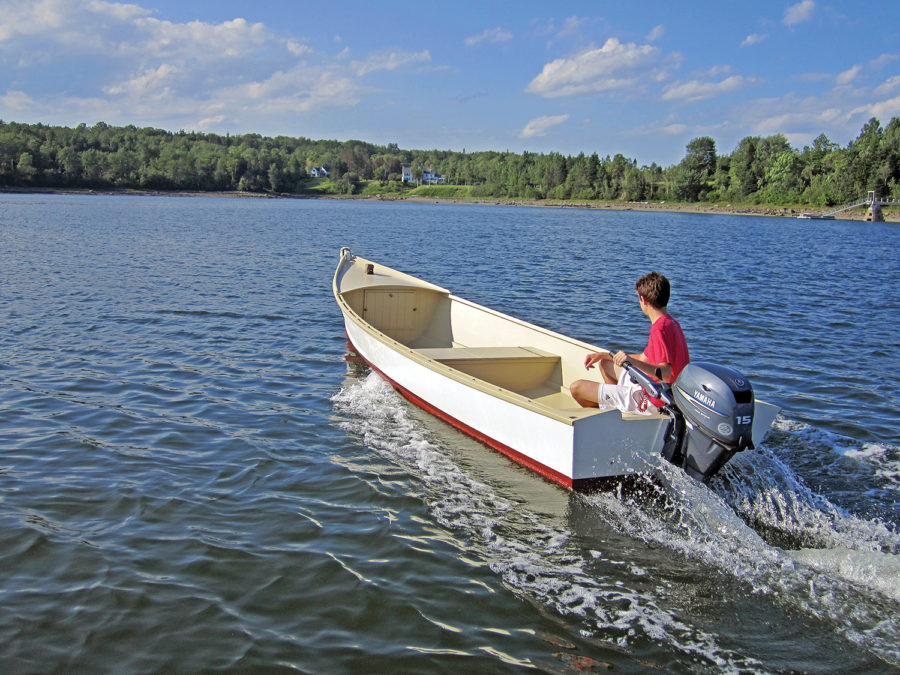
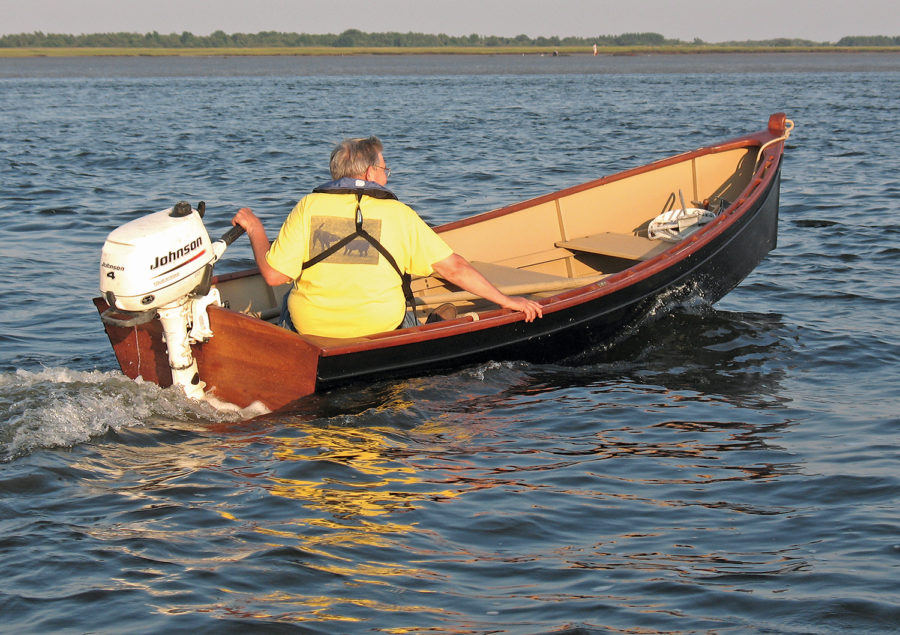
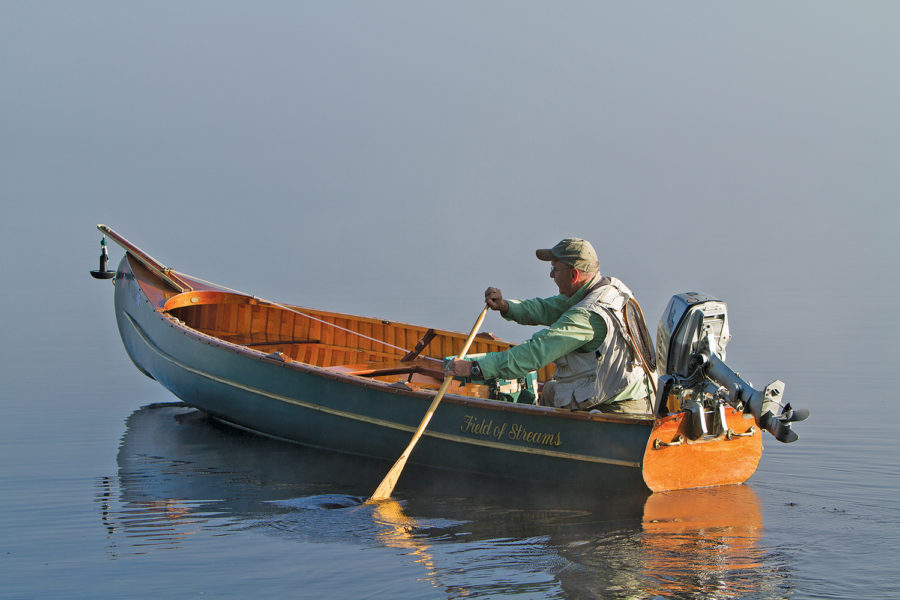
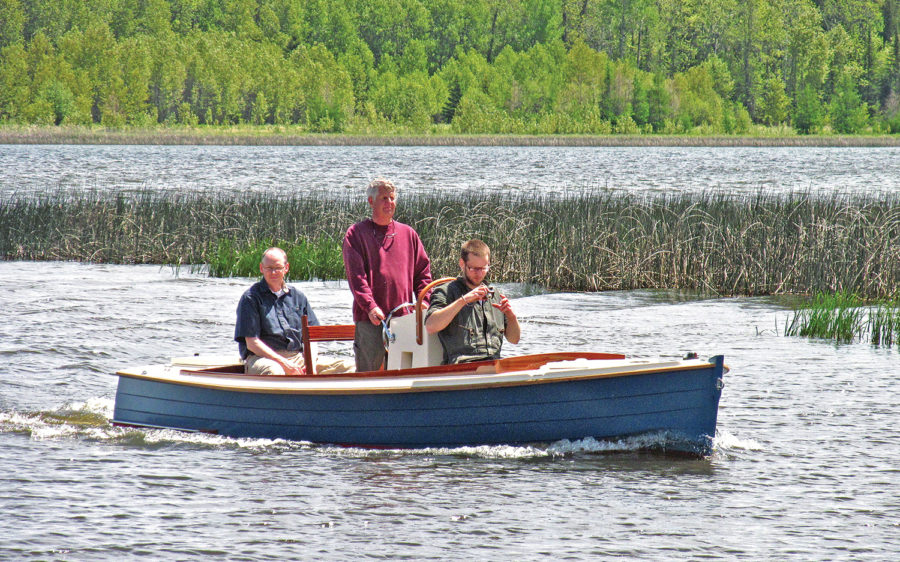
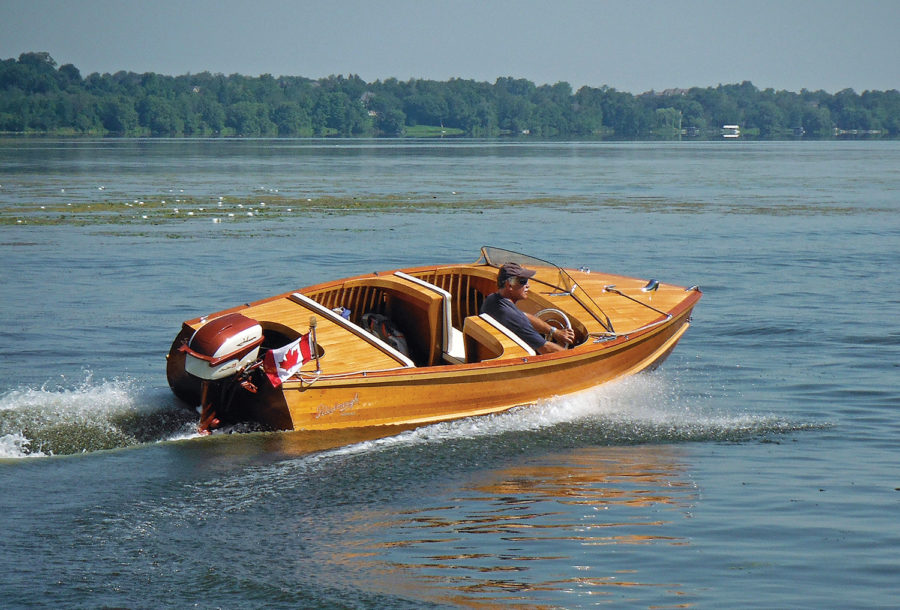
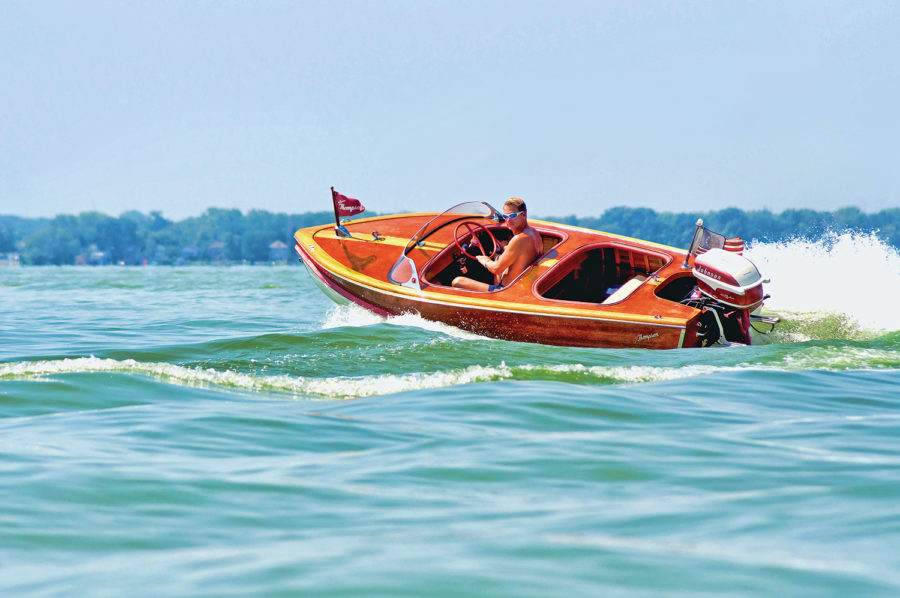
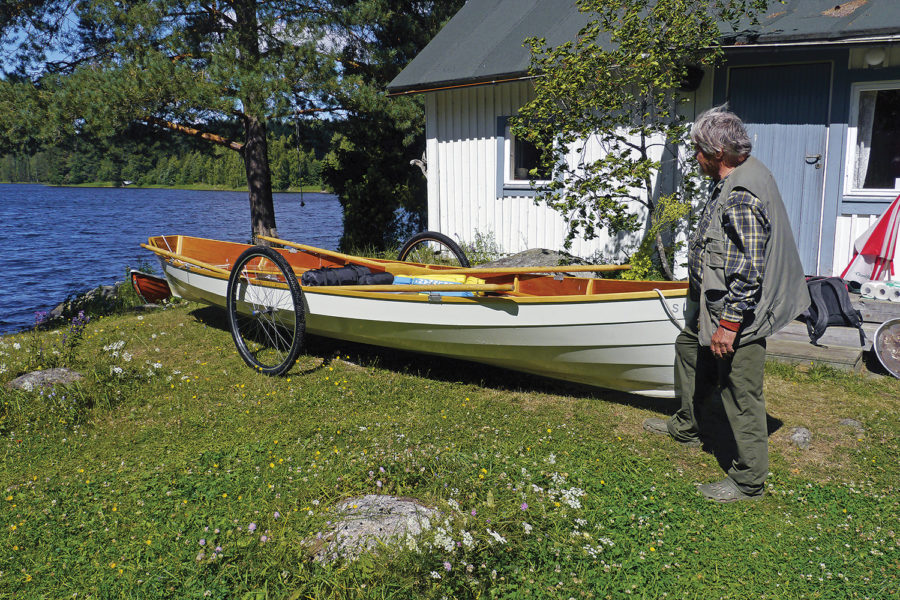
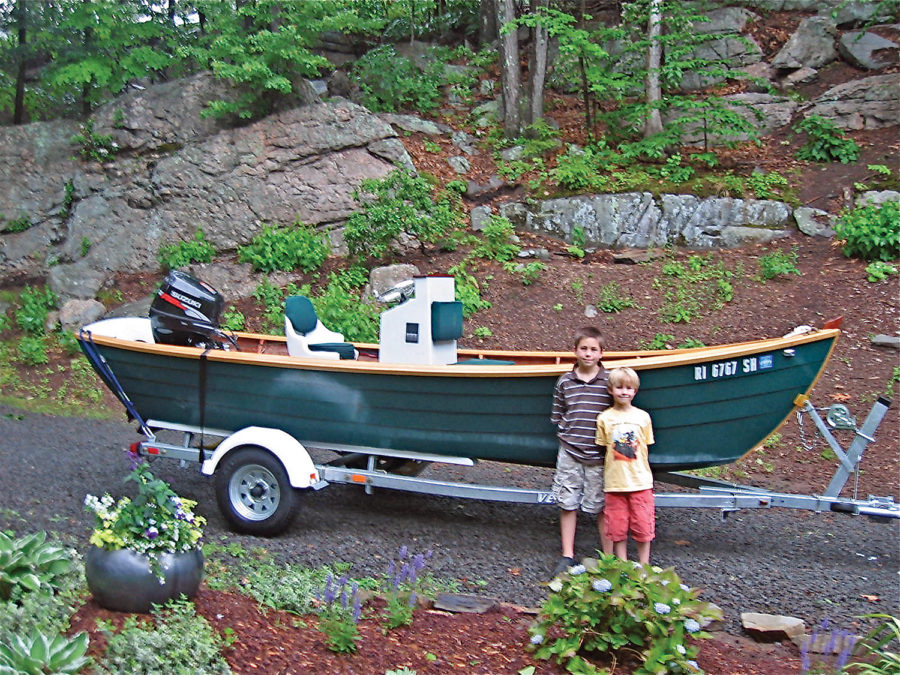
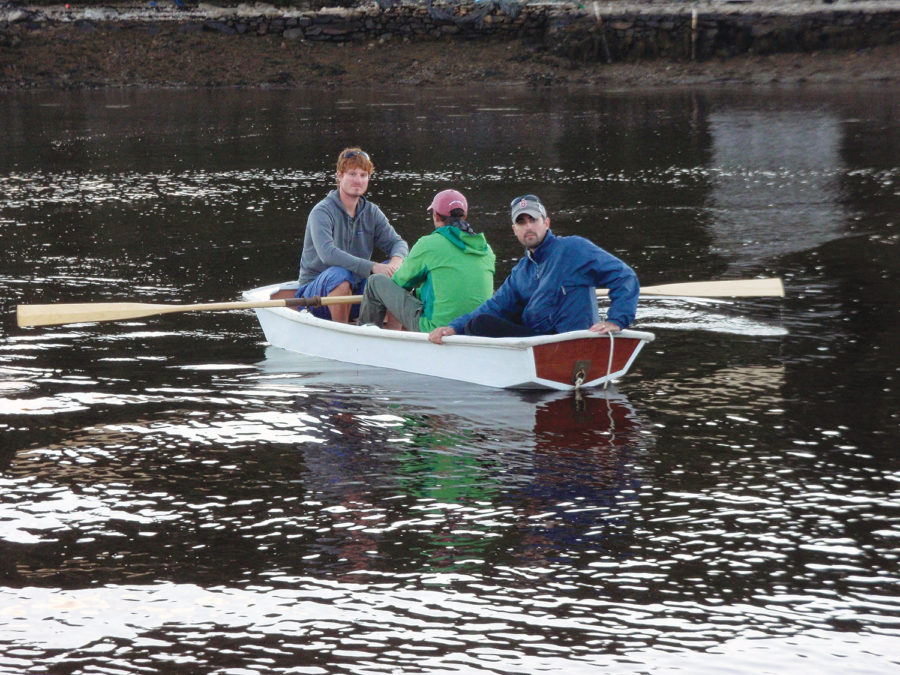
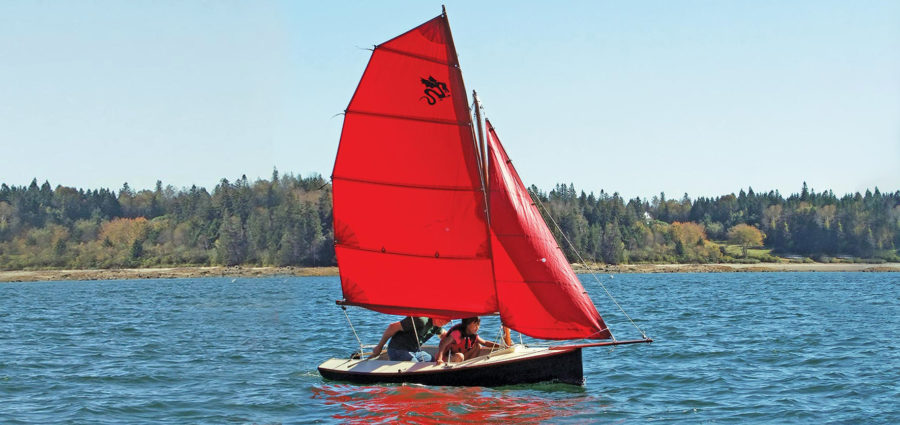
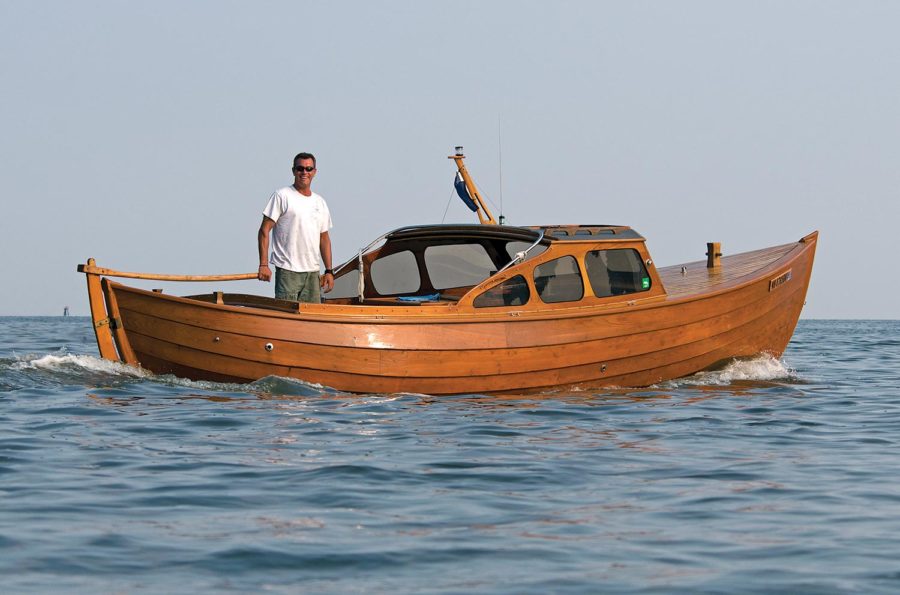
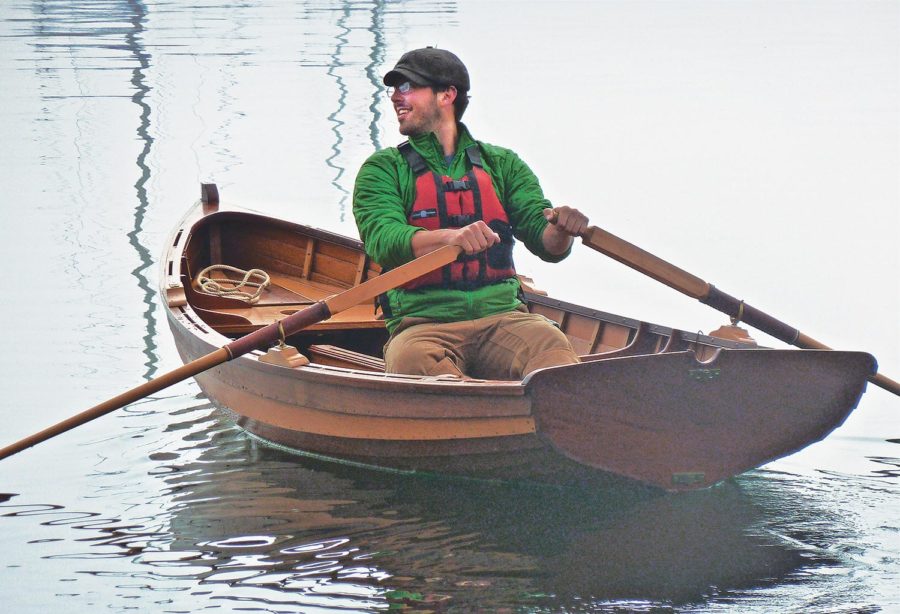
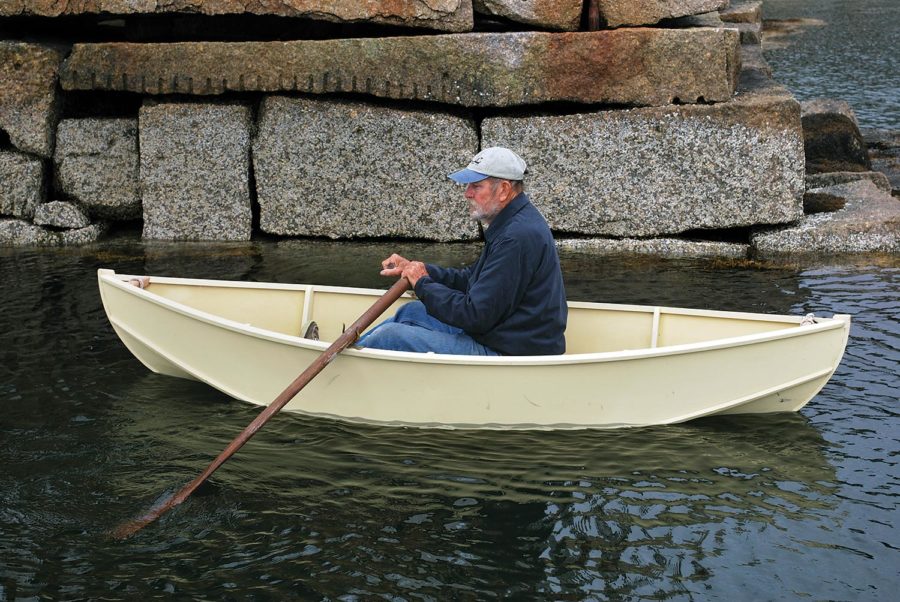
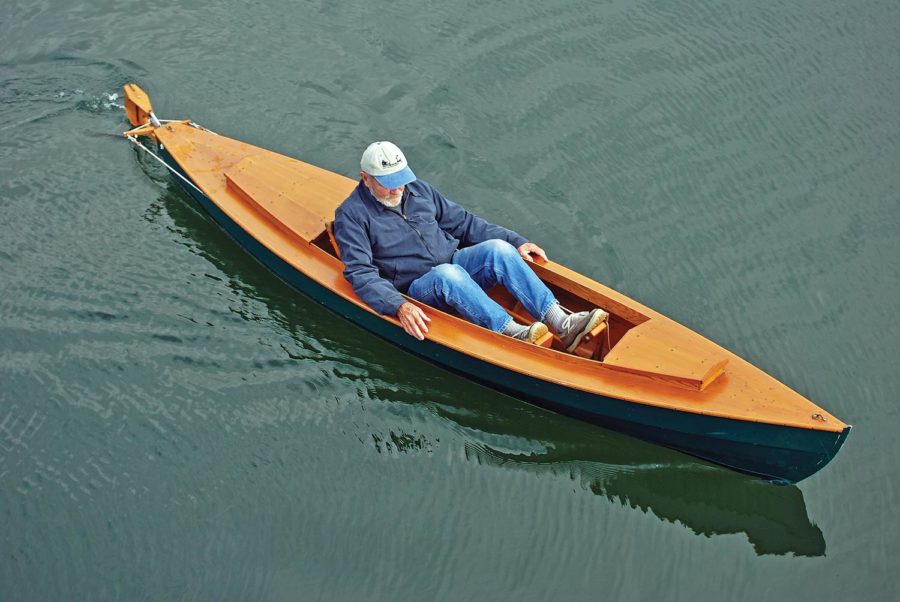
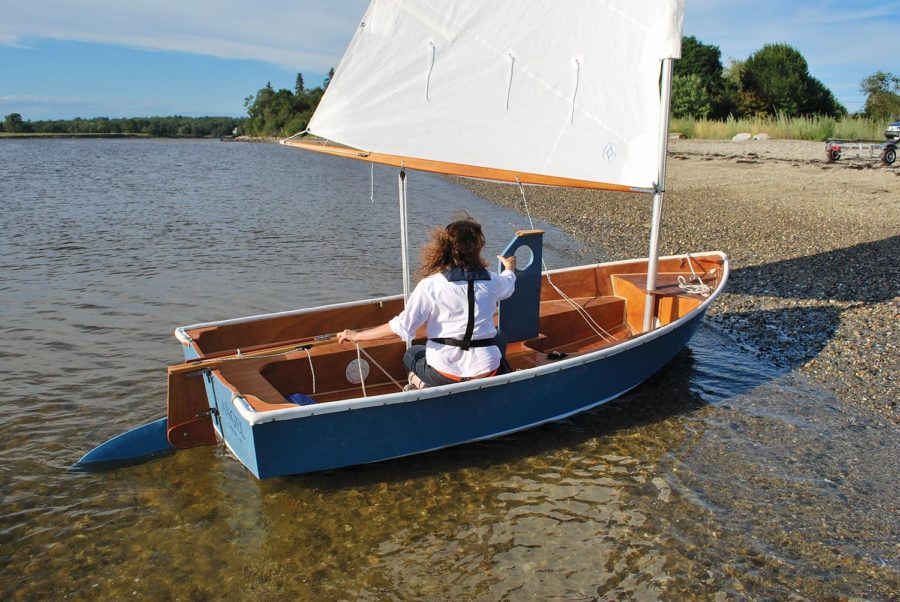
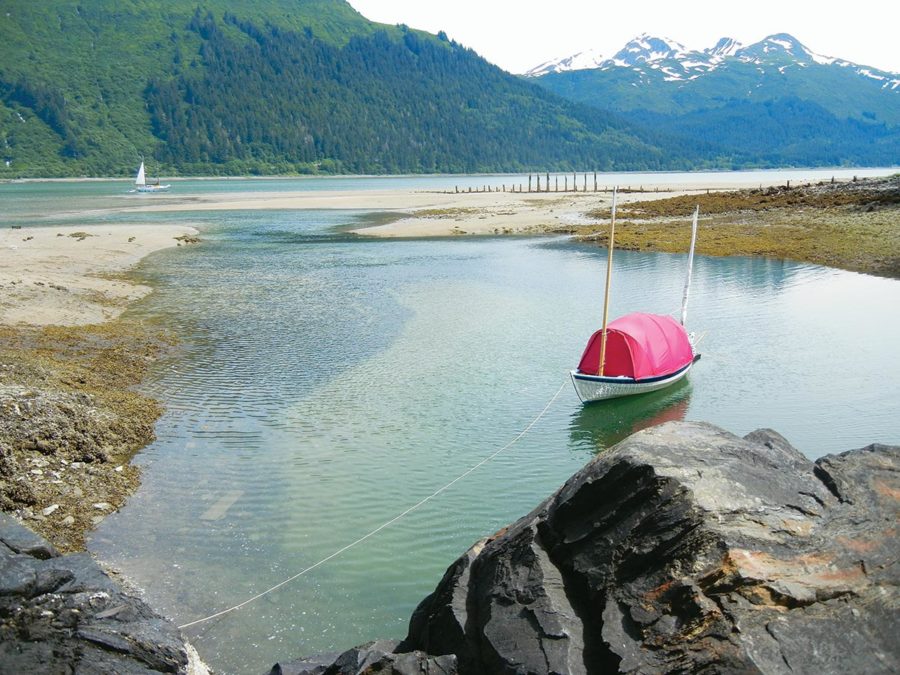
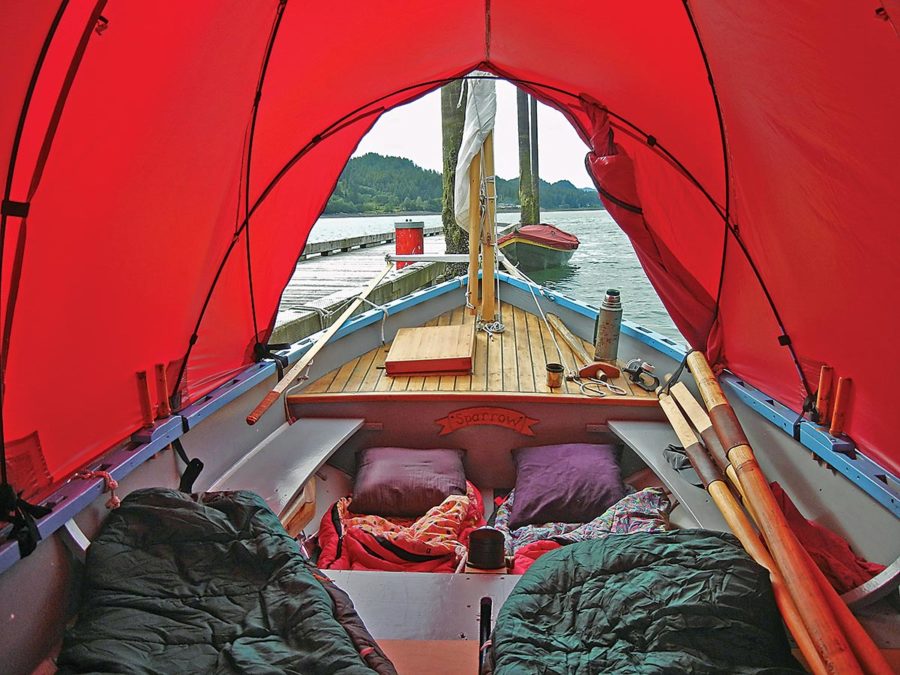
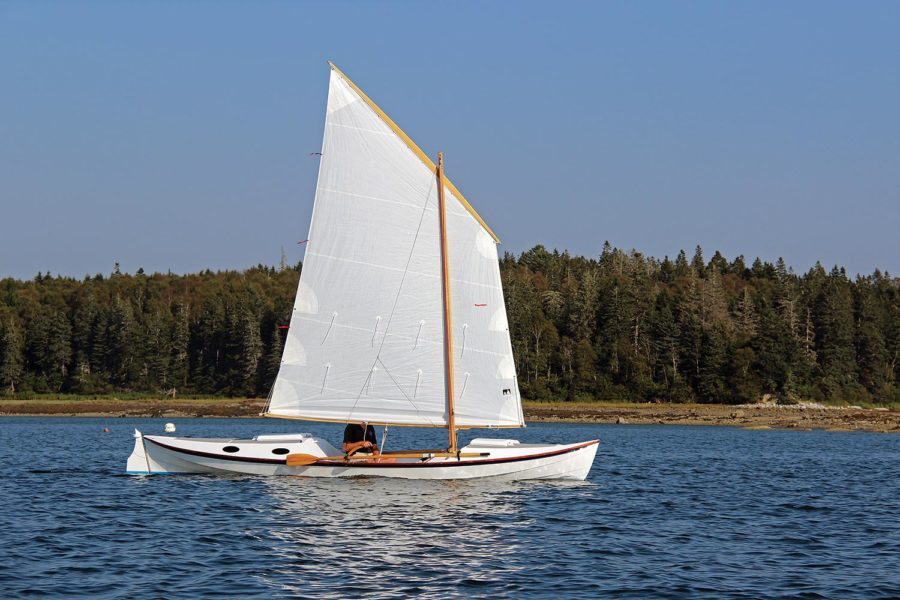
Join The Conversation
We welcome your comments about this article. If you’d like to include a photo or a video with your comment, please email the file or link.